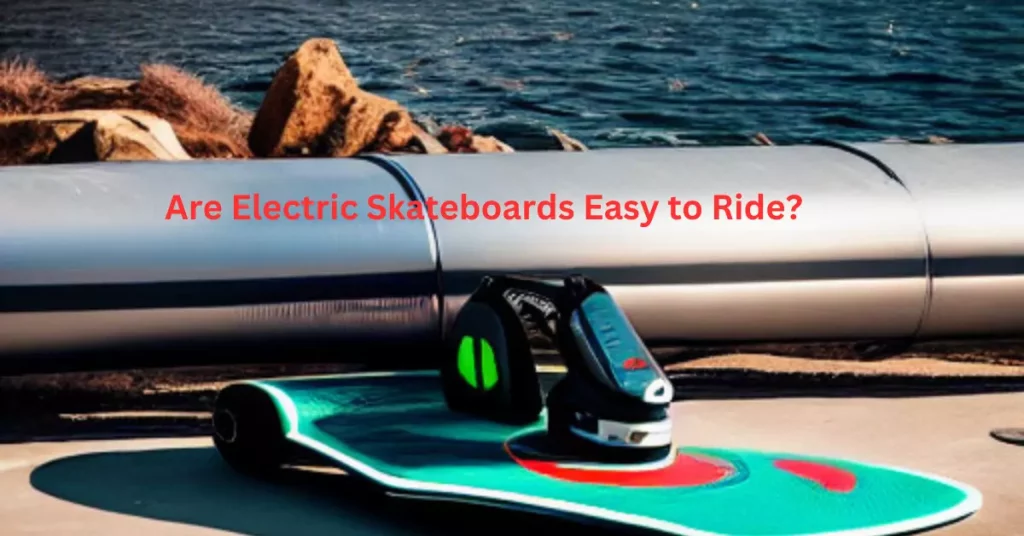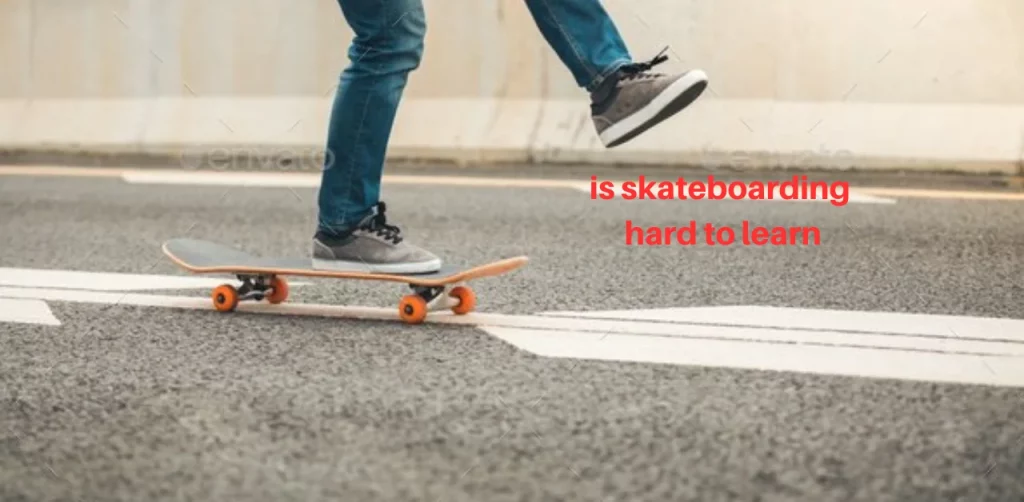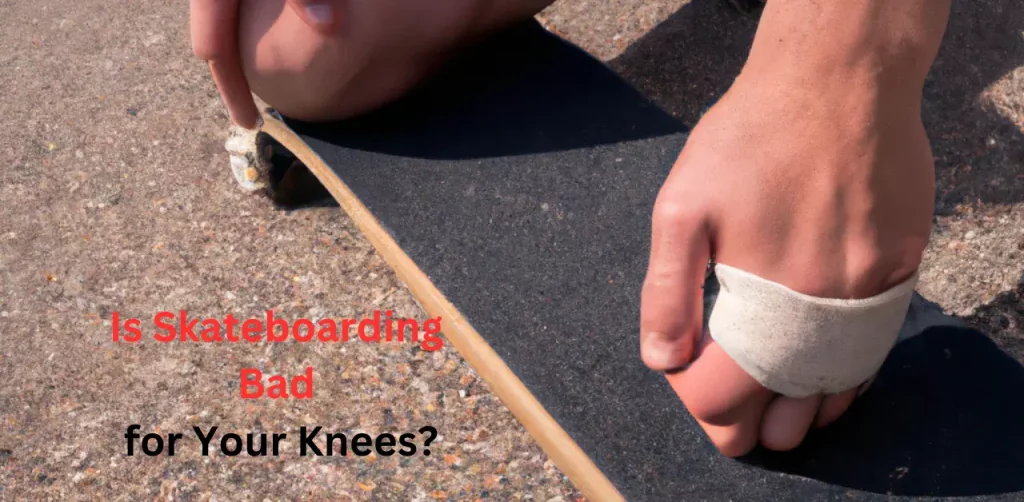Electric skateboards are becoming increasingly popular among both experienced skateboarders and beginners. While some may be hesitant to try electric skateboarding, many find it a fun and easy way to learn how to ride. However, the question remains: are electric skateboards easy to ride?
The answer is yes and no. Riding an electric skateboard can be easy for those who already know how to ride a regular skateboard. The basic principles of balancing, turning, and carving are the same. However, there may be a learning curve for beginners who have never ridden a skateboard. It takes time to learn how to accelerate and brake properly and control the board with the remote control.
Are electric skateboards easy to ride? Beginners Guide
When it comes to choosing an electric skateboard, there are a few things that beginners should keep in mind. First, consider the type of board you want. There are traditional skateboards, longboards, and electric longboards. Longboards and electric longboards are generally easier to ride and offer more stability.
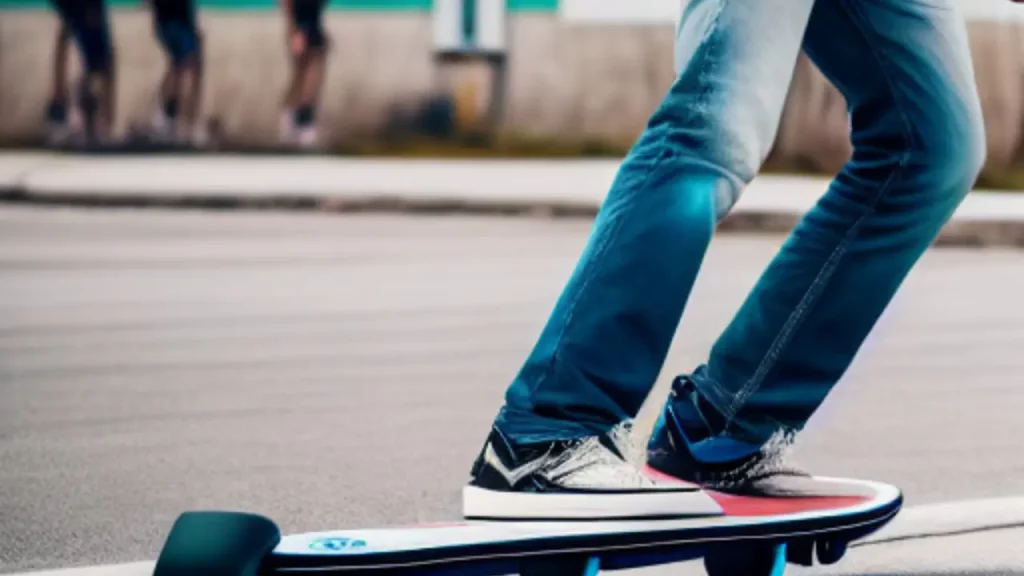
Another important factor to consider is the top speed of the board. Beginners should start with a board with a lower top speed, around 10-15 mph, and work their way up as they become more comfortable. It’s also important to ensure the board has a reliable brake system.
Safety Gear
Safety should always be a top priority when riding an electric skateboard. Beginners should always wear a helmet, knee, and elbow pads to protect themselves from serious injury. It’s also a good idea to wear gloves to protect your hands in case of a fall.
Getting Started
Now that you have your electric skateboard and safety gear, it’s time to start riding. First, ensure your board is fully charged and has adequate battery levels. Take your board to a flat surface with no traffic areas to begin. It’s a good idea to start by riding straight and getting used to the motor and acceleration. Use the remote control to accelerate and brake, and practice shifting your weight to control the board.
Learning How to Turn
Once you feel comfortable riding straight, learning how to turn is time. To turn on an electric skateboard, you’ll need to shift your weight and lean your body weight in the direction you want to go. If you want to turn left, lean your body weight to the left and shift your weight onto your front foot. If you want to turn right, lean your body weight to the right and shift your weight onto your back foot. It takes some practice to get the hang of turning, but don’t worry. With time, you’ll become a pro.
Accelerating and Braking
To accelerate on an electric skateboard, lean your body weight forward. To brake, lean your body weight back. It’s essential to take it slow when accelerating and braking, especially if you’re a beginner. Higher speeds can be dangerous, and you should only try to ride as much as you feel comfortable. Keep your speed in check and maintain a good balance to prevent speed wobbles or serious damage to the board.
Learning to Ride an Electric Skateboard
Learning to ride an electric skateboard may seem intimidating initially, but it can be a fun and easy way to get around with a little practice. Place your front foot on the board and use the remote control to accelerate. Keep your back foot on the ground until you feel comfortable with the board’s acceleration.
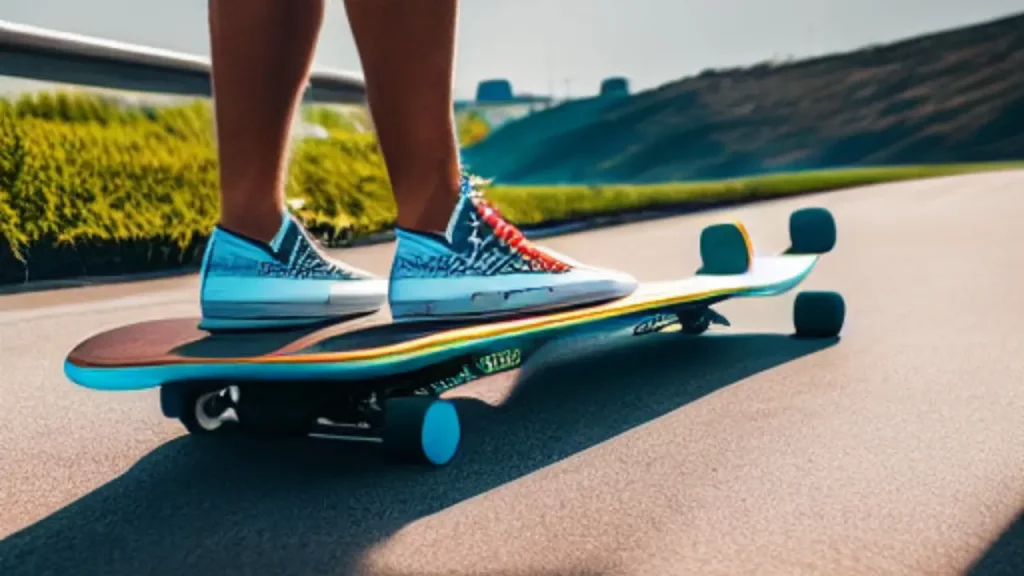
To turn the board, shift your weight in the direction you want to go and carve with your front foot. To brake, lean back and use the remote control to slow down. It’s important to keep your body weight forward to maintain balance and avoid speed wobbles.
With a little practice, beginners should be able to ride their electric skateboard confidently and safely. Just remember to take it slow and always wear the right gear.
Getting Started with Electric Skateboarding
Electric Skateboard Basics
Before getting started with electric skateboarding, it’s important to understand the basics of the skateboard itself. Electric skateboards are similar to traditional skateboards, but a motor and battery power them. They typically have a remote control that allows the rider to control the speed and direction of the skateboard.
When choosing an electric skateboard, it’s important to consider factors such as the size of the board, the weight capacity, and the range of the battery. Wearing protective gear such as helmets, knee and elbow pads is also important.
How to Ride an Electric Skateboard
To ride an electric skateboard, the rider should first ensure that the skateboard is fully charged and turned on. The rider should then stand with one foot on the skateboard and use the remote control to accelerate the skateboard slowly.
To turn the skateboard, the rider should shift their weight in their desired direction. The rider should release the accelerator on the remote control to slow down or stop. It’s important to practice riding the skateboard in a safe and open area before attempting to ride in a crowded or busy area.
Electric skateboarding can be a fun and convenient mode of transportation, but it’s important to follow safety guidelines and practice proper riding techniques.
Conclusion
Riding an electric skateboard can be relatively easy for those with prior skateboarding experience or similar activities like snowboarding or surfing. However, if you are a complete beginner, there will be a learning curve.
Here are a few key things to consider:
Like traditional skateboarding, maintaining balance is crucial when riding an electric skateboard.
- Electric skateboards come with remote controls or foot-activated systems that help you control your speed.
- Understanding how to turn and stop is also important. This can also take some practice, as electric skateboards can be more difficult to turn due to their increased weight, and stopping quickly can be more challenging than with a non-electric skateboard due to the momentum created by the motor.
- Always remember to use protective gear, such as a helmet, knee pads, and elbow pads. This is especially important for beginners who are still learning.
So, while it might not be “easy” right away, with some practice and patience, many people find riding an electric skateboard a fun and efficient way to get around.

“Welcome to our website, Here You’ll find a wealth of information on finding the right skating gear that will last for years to come, as well as tips and tricks to help you improve your skills. Whether you’re a beginner or an experienced skater, you’ll find something of value here.”
